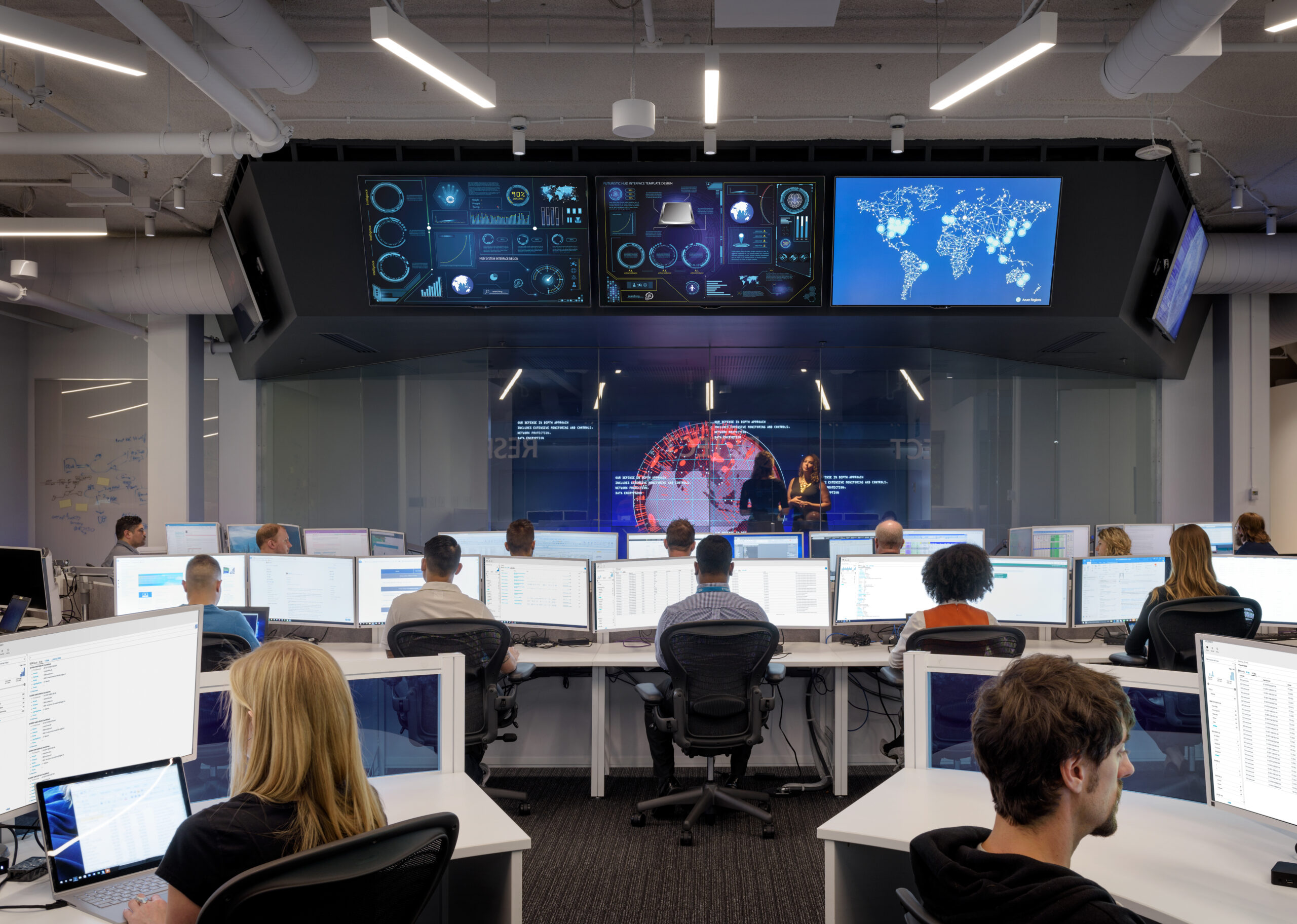
How AI is Transforming Cybersecurity: Tackling the Surge in Cyber Threats
By Vasu Jakkal, CVP Microsoft Security
In today’s digital age, the landscape of cybersecurity is evolving at an unprecedented pace. With the rapid advancement of technology, cyber threats have become more sophisticated and frequent. The critical role of artificial intelligence (AI) in enhancing cybersecurity measures and defending our world cannot be overstated.
The Growing Threat Landscape
The threat landscape is the most complex in history. The speed, scale and sophistication of bad actors is alarming. In just one year the number of threat actors tracked by Microsoft jumped from 300 to more than 1,500. The rise of state-sponsored attacks and the proliferation of ransomware are major concerns for businesses of all sizes. In addition, the number of cyberattacks has skyrocketed from 579 attacks per second in 2021 to a staggering 7,000 password attacks per second in 2024.
This alarming increase underscores the urgent need for innovative solutions to combat the growing complexity of cyber threats. Attackers can now breach systems within an average of 72 minutes after a user clicks on a malicious link.
This escalating threat landscape has driven the adoption of AI technologies in cybersecurity, making it an essential component in the defense mechanisms.

AI: A Game Changer in Cybersecurity
Generative AI has emerged as a powerful tool in the fight against cyber threats. Microsoft processes 78 trillion signals daily, enabling the company to identify threats at an unprecedented scale and speed. One of the standout innovations is Microsoft Security Copilot, an AI-driven assistant that helps security teams defend against attacks at machine speed and scale. Since its launch in March 2023, more than 1,400 customers have utilized Security Copilot to investigate threats and manage risks in real-time.
And AI can help with another big challenge in security – the ongoing talent shortage.

Addressing the Talent Shortage
The cybersecurity industry faces a significant talent shortage, with 4.8 million security professionals needed worldwide. AI not only helps mitigate attacks but also supports human teams by simplifying complex tasks and lowering the barriers to entry for new professionals. This dual role of AI is crucial in bridging the talent gap and enhancing the overall security posture of organizations.
While addressing the talent shortage is global, specific regions like South America present unique challenges and opportunities. According to study Building a Skilled Cyber Security Workforce in Latin America, conducted in partnership with the OECD, there is a growing demand for cybersecurity professionals with specific certifications and experience. However, these certifications often require extensive expertise.
In Canada, the Canadian Centre for Cyber Security’s “National Cyber Threat Assessment 2025-2026” highlights that the country faces persistent cybersecurity challenges as financially motivated cybercriminals and state-sponsored actors target its economic prosperity and national security. Geopolitical events and global technological rivalry further shape these threats, with increasingly complex networks of actors pursuing their own interests. However, cyber vulnerabilities and the evolving cyber-threat environment, the intensity and impact of cyber threats to Canada can be mitigated through awareness and best practices in cyber security by both individuals and organizations.



